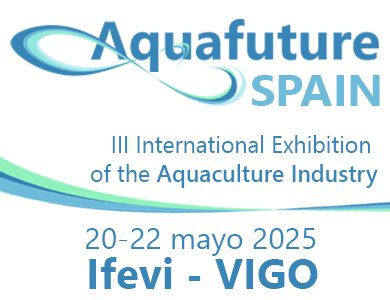Bremen, Germany.- Fish fraud, the misrepresentation of cheaper fish as more expensive ones, is a rampant problem worldwide. Now in a study appearing ACS’ Journal of Agricultural and Food Chemistry, scientists report that they are making strides toward the development of a protein database capable of definitively identifying fish species. This information could help nab imposters of salmon, tuna and other popular fish before they reach people’s plates.
Fish can be tagged with misleading names at numerous points along their journey from the docks to processing plants to retail establishments. In fact, some studies suggest that at least one in five seafood samples around the globe are mislabeled. So, for instance, a consumer could unwittingly be eating rockfish instead of red snapper or tilapia instead of grouper. This practice is not only hard on the wallet, it also can pose a serous health risk due to exposure to allergens, toxins and parasites found in some substituted fish. DNA testing can help differentiate between fish species, but it can be costly and time-consuming. Antje Stahl and Uwe Schröder wanted to determine if mass spectrometry, which has been successfully used to differentiate microbial species, could be used to swiftly and accurately identify fish.
Using the technique, the researchers identified protein profiles or “fingerprints” for 54 fish species including salmon, trout, swordfish, and other fish commonly sold in grocery stores or restaurants. They confirmed these findings using DNA barcoding, a process that uses a partial DNA sequence from a mitochondrial gene. In some cases, they were only able to identify a sample’s genus (i.e.,Thunnus) rather drilling down to the exact species. Still, the researchers conclude this level of identification could be enough for food scientists to broadly detect fish suspected of being an imposter.
The authors acknowledge funding from Intertek Food Services GmbH.
Reference:
Antje Stahl* and Uwe Schröder. 2017. Development of a MALDI–TOF MS-Based Protein Fingerprint Database of Common Food Fish Allowing Fast and Reliable Identification of Fraud and Substitution. J. Agric. Food Chem., Article ASAP
DOI: 10.1021/acs.jafc.7b02826
http://pubs.acs.org/doi/abs/10.1021/acs.jafc.7b02826
Source: American Chemical Society

